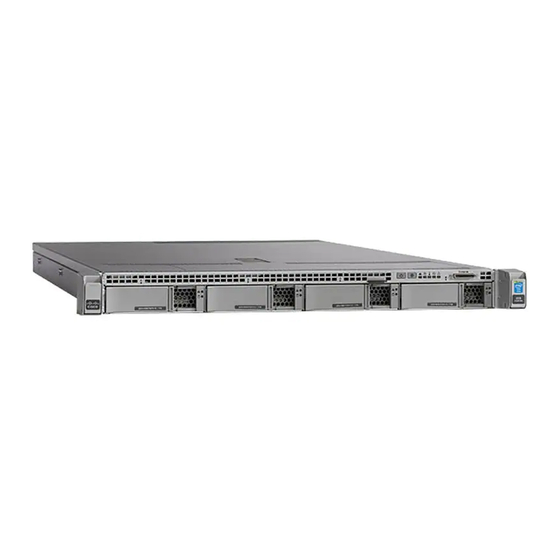Cisco Aironet 3500 Series Getting Started Manual - Page 32
Browse online or download pdf Getting Started Manual for Server Cisco Aironet 3500 Series. Cisco Aironet 3500 Series 35 pages. Aironet 3500 series lightweight access point
Also for Cisco Aironet 3500 Series: Online Help Manual (8 pages), Datasheet (6 pages), Getting Started Manual (31 pages)

Enter configuration mode at the Cisco IOS CLI.
Step 1
Create the DHCP pool, including the necessary parameters such as default router and name
Step 2
server. A DHCP scope example is as follows:
ip dhcp pool <pool name>
network <IP Network> <Netmask>
default-router <Default router>
dns-server <DNS Server>
Where:
<pool name> is the name of the DHCP pool, such as AP3500
<IP Network> is the network IP address where the controller resides, such as
10.0.15.1
<Netmask> is the subnet mask, such as 255.255.255.0
<Default router> is the IP address of the default router, such as 10.0.0.1
<DNS Server> is the IP address of the DNS server, such as 10.0.10.2
Step 3
Add the option 60 line using the following syntax:
option 60 ascii "VCI string"
For the VCI string, "Cisco AP c3500". The quotation marks must be included.
Add the option 43 line using the following syntax:
Step 4
option 43 hex <hex string>
The hex string is assembled by concatenating the TLV values shown below:
Type + Length + Value
Type is always f1(hex). Length is the number of controller management IP addresses times 4
in hex. Value is the IP address of the controller listed sequentially in hex.
For example, suppose that there are two controllers with management interface IP addresses,
10.126.126.2 and 10.127.127.2. The type is f1(hex). The length is 2 * 4 = 8 = 08 (hex). The IP
addresses translate to 0a7e7e02 and 0a7f7f02. Assembling the string then yields
f1080a7e7e020a7f7f02. The resulting Cisco IOS command added to the DHCP scope is option 43 hex
f1080a7e7e020a7f7f02.
11
Access Point Specifications
Table 2 lists the technical specifications for 3500 series access points.
32
